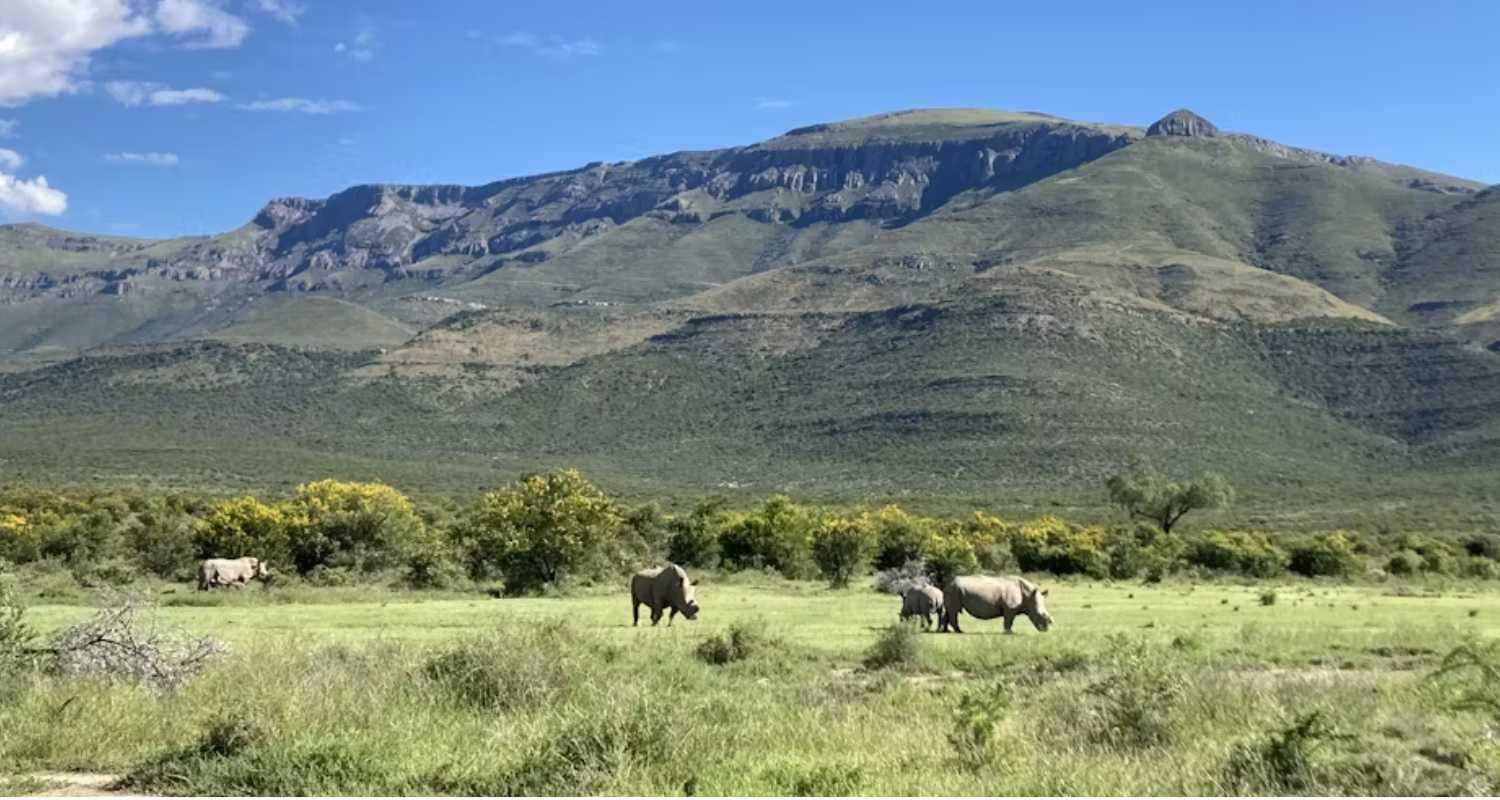Pre-paid electricity is something I have removed from my monthly expenses because you can’t be spending the units if there is no supply! This month’s tree may be the real alternative to sitting in the dark.
A certain Mr Maugham, a British Consul in southern Mozambique, discovered this specimen in the early 1900s – a man that discovered a possible bright future for us and our modern-day needs.
The green thorn or torchwood, is a particularly easy tree to identify. These impressive trees can grow to 20m tall and have an amazing upright, buttressed trunk, which is easy to recognize, and are in most cases easy to set them apart from other trees, just on the shape of the fluted trunk. The other very recognizable way to identify this tree, is the zigzag branchlets that have an impressive armoury of unequally forked spines, that look like the y-shaped fork of the tongue of a snake. These forks have a brown colour change towards the sharp end.
During the months from July to November, one may be lucky enough to see the amazing star shaped flowers that are occur in small clusters on the leaf axils. The flowers have 5 sepals, 10 stamens and the ovary is 5-chambered, with one seed in each chamber. These flowers are scented and are an easy identifiable feature of this tree.
The drupe is a distinctly grooved acorn-shaped fruit, hence the Greek genus name Balanites. The fruit is green and hairy when unripe, and then turns to the brownish yellow colour between May and July. The bitter flesh covers a large, hard, stone kernel.
The tree can be found in small colonies in the bushveld, sand forest, on sandstone outcrops, along riverbanks, near springs and around pans.
The common name ‘torchwood’ is derived from the impressive bright flame that the dry kernels produce when burnt and was/is commonly used as a torch. The drupe yields a colourless oil that burns well, that can light the house up when ‘EeishKom’ decides to flick the switch in the most impractical time of our lives – a natural cost-effective way to see the future!

Elephants love eating the fruits along with other animals such as monkeys, baboons, warthogs, porcupines, kudus, and other antelope. The fruit is edible, but not a favourite commodity.
Like most plants, traditional and medicinal are used in a variety of ways within different cultures. The roots are used as an enema in a variety of methods, but that can’t be that fun. Some traditional ‘sangomas’ and witch doctors use the roots and bark together with other plants, such as the potato bush. These are soaked in water and beaten to a froth. The froth is then gulped and swallowed to help improve one’s sight. The froth can also be tossed into one’s house three times daily to ward off evil spirits. I can’t wait for the future of traditional medicine, perhaps one will be able ward of corruption, and the electricity will then return!
The green drupe also yields a powerful poison (harmless to humans) which is lethal to freshwater aquatic animals like fish, tadpoles, and snails. Farmers have planted these trees to reduce water snails that can carry bilharzia.
Because of its oily and lubricative qualities, some cultures soak the tree in water for a rejuvenating and refreshing bath. One could also light the torch with the oil and enjoy a good soak whilst waiting for the power to come back on.
This is a very green tree, with a bright future.











